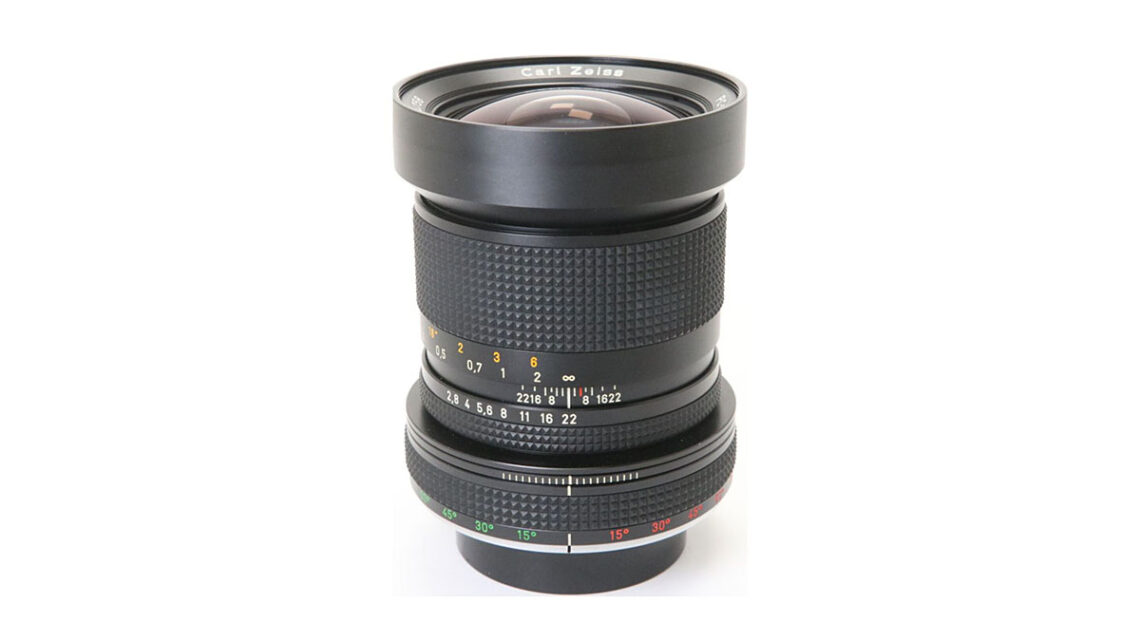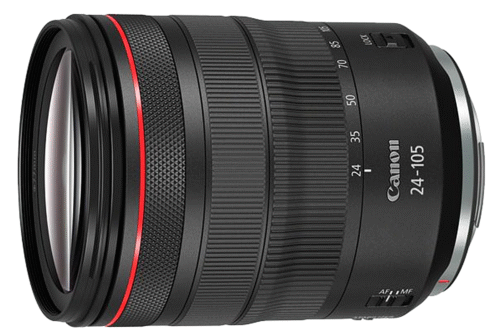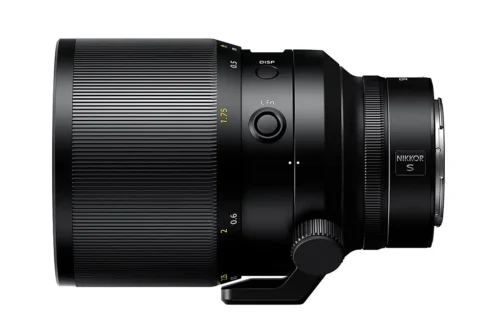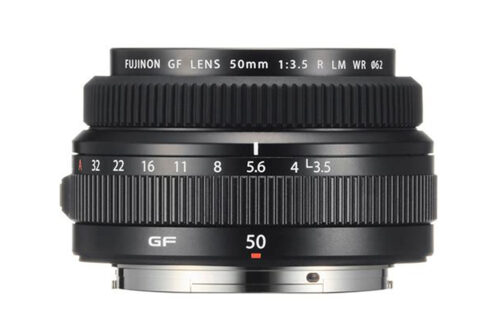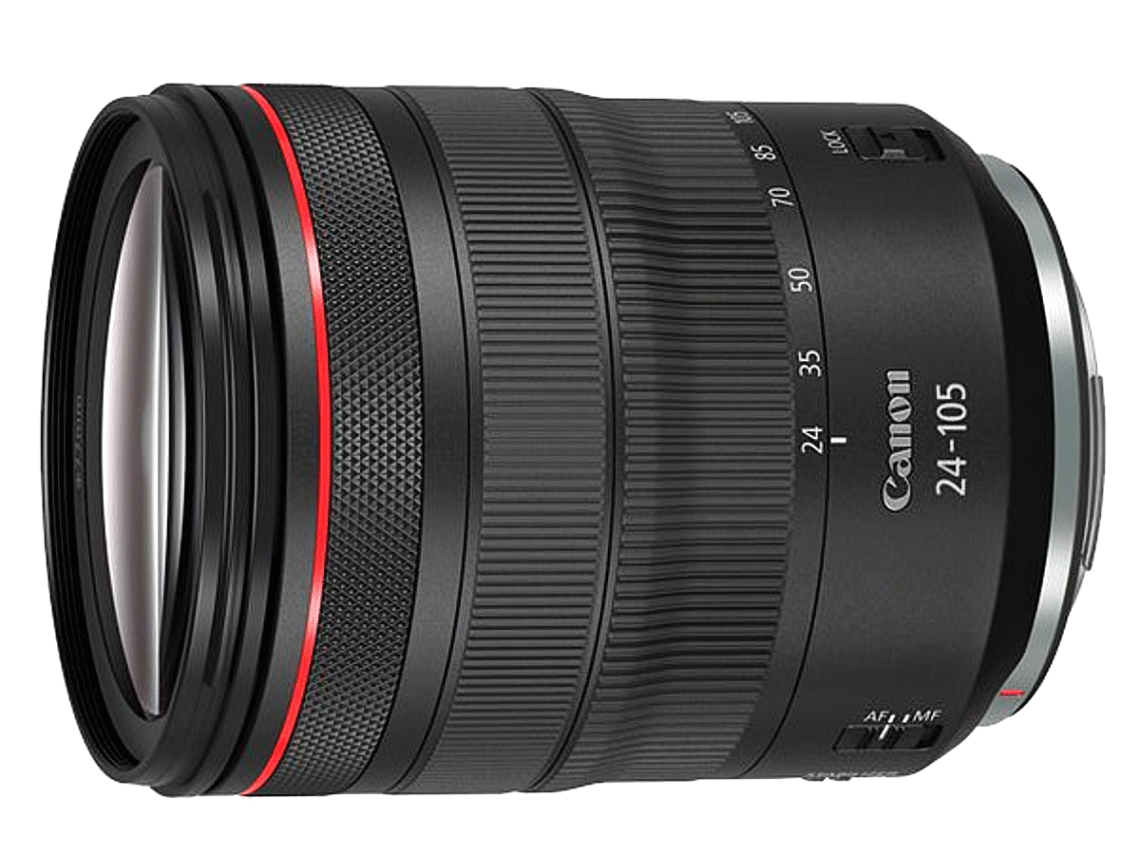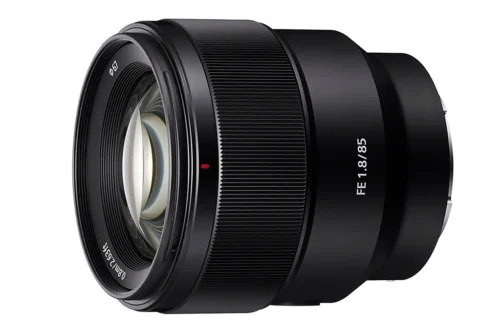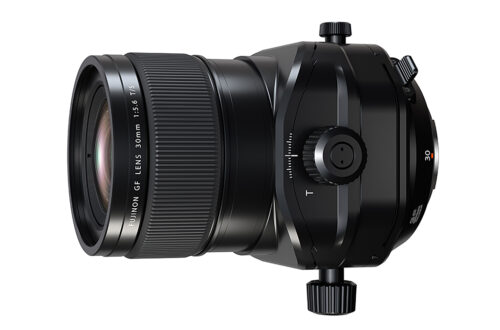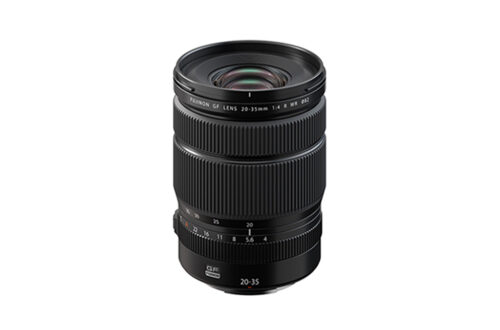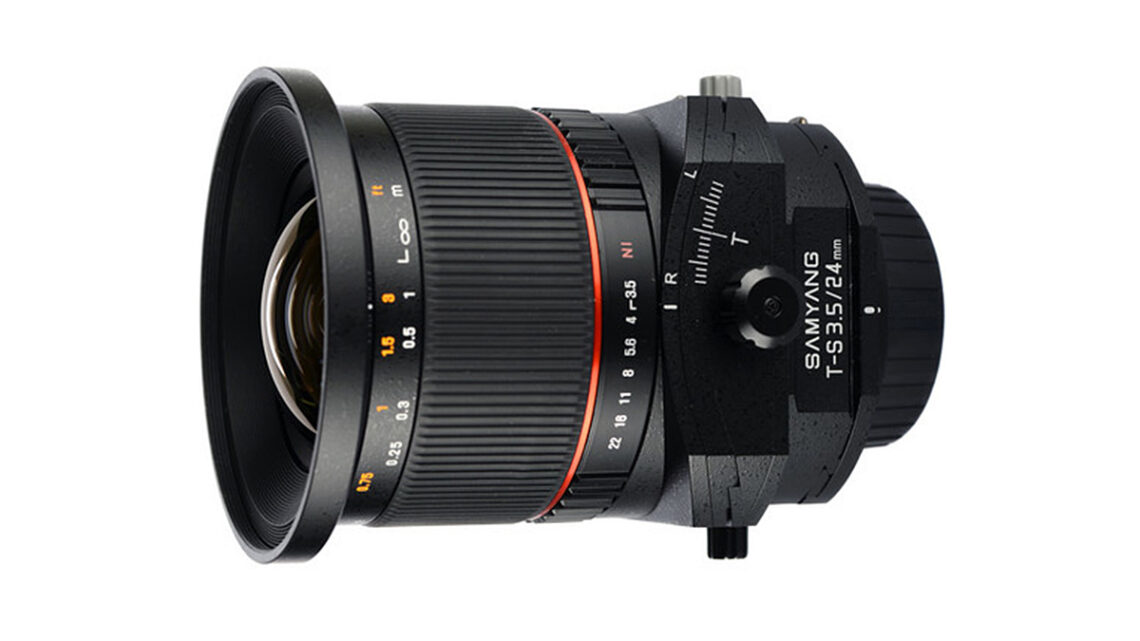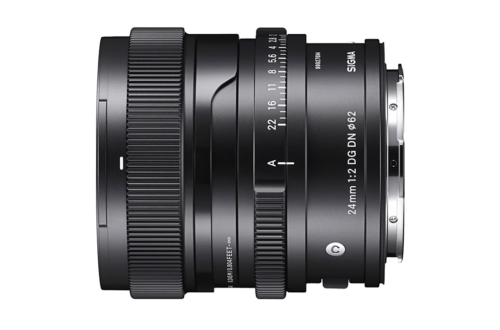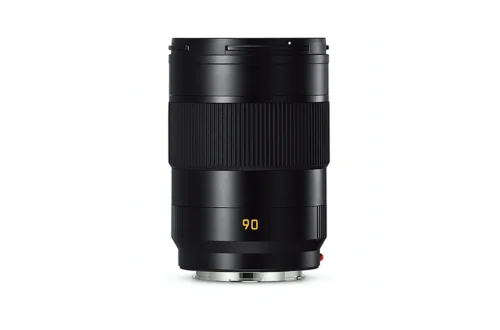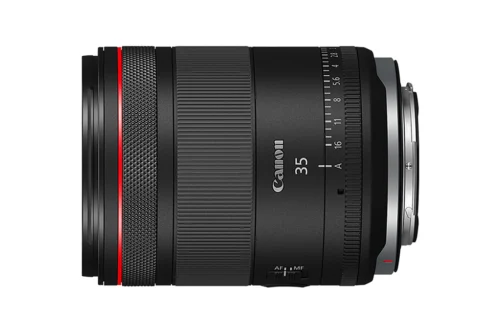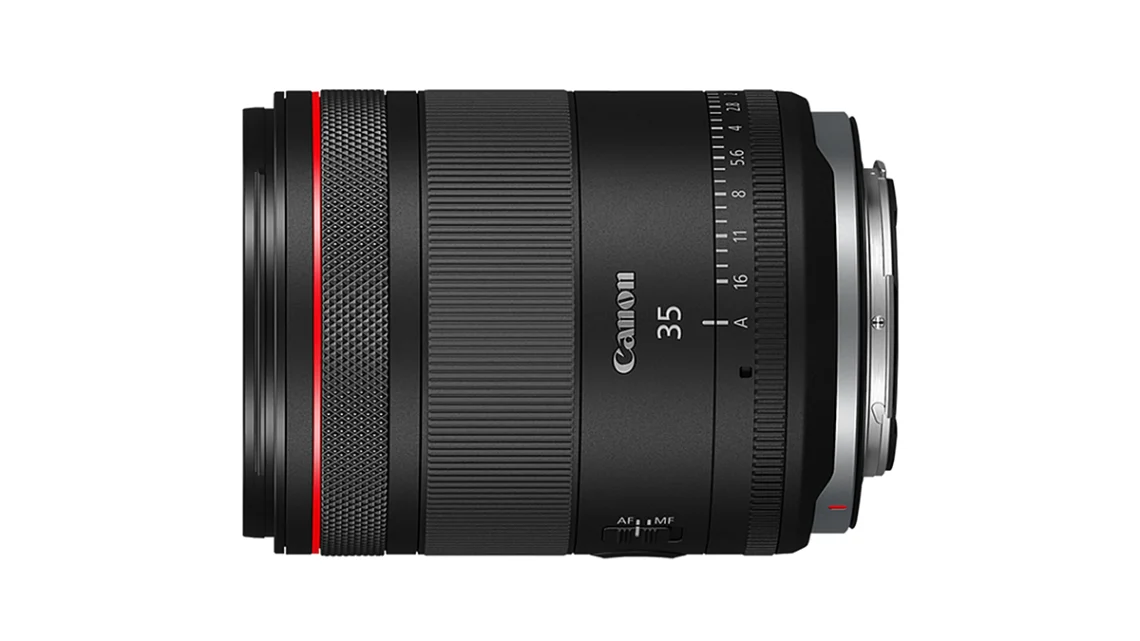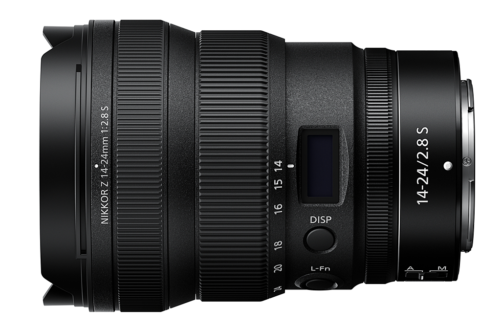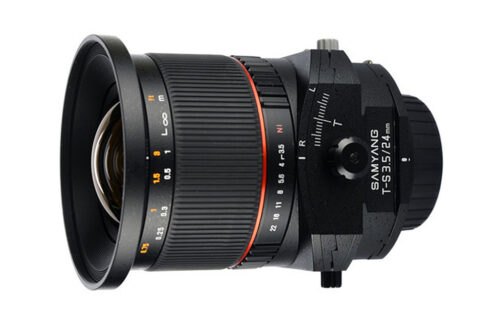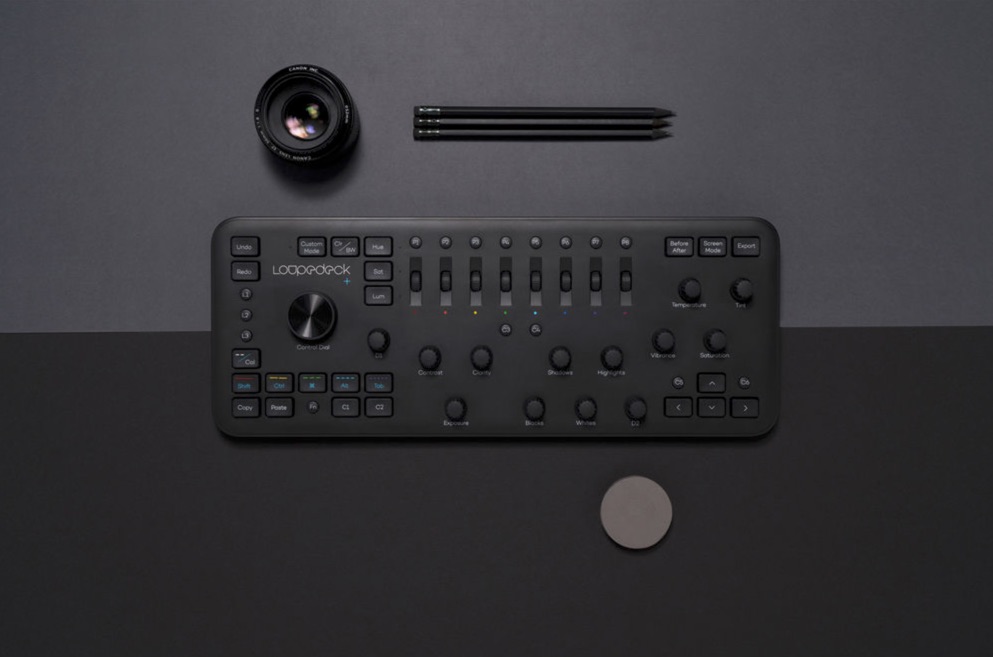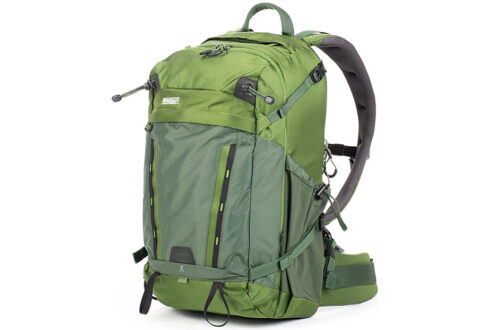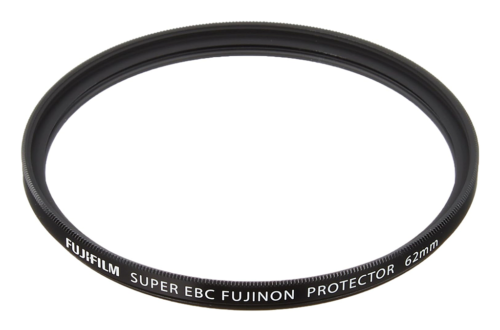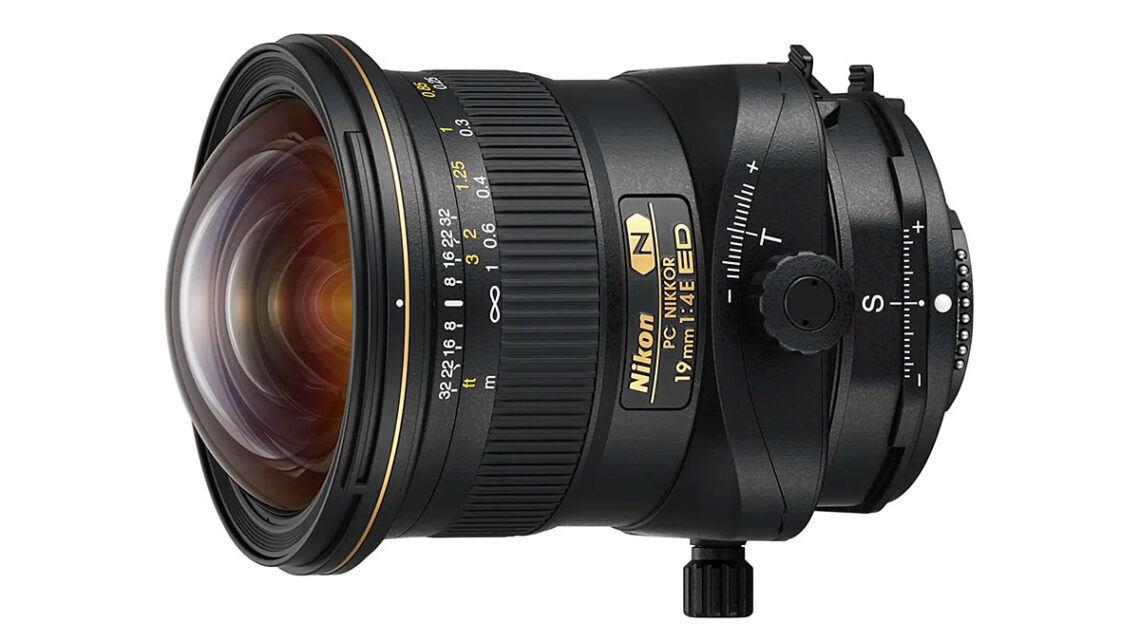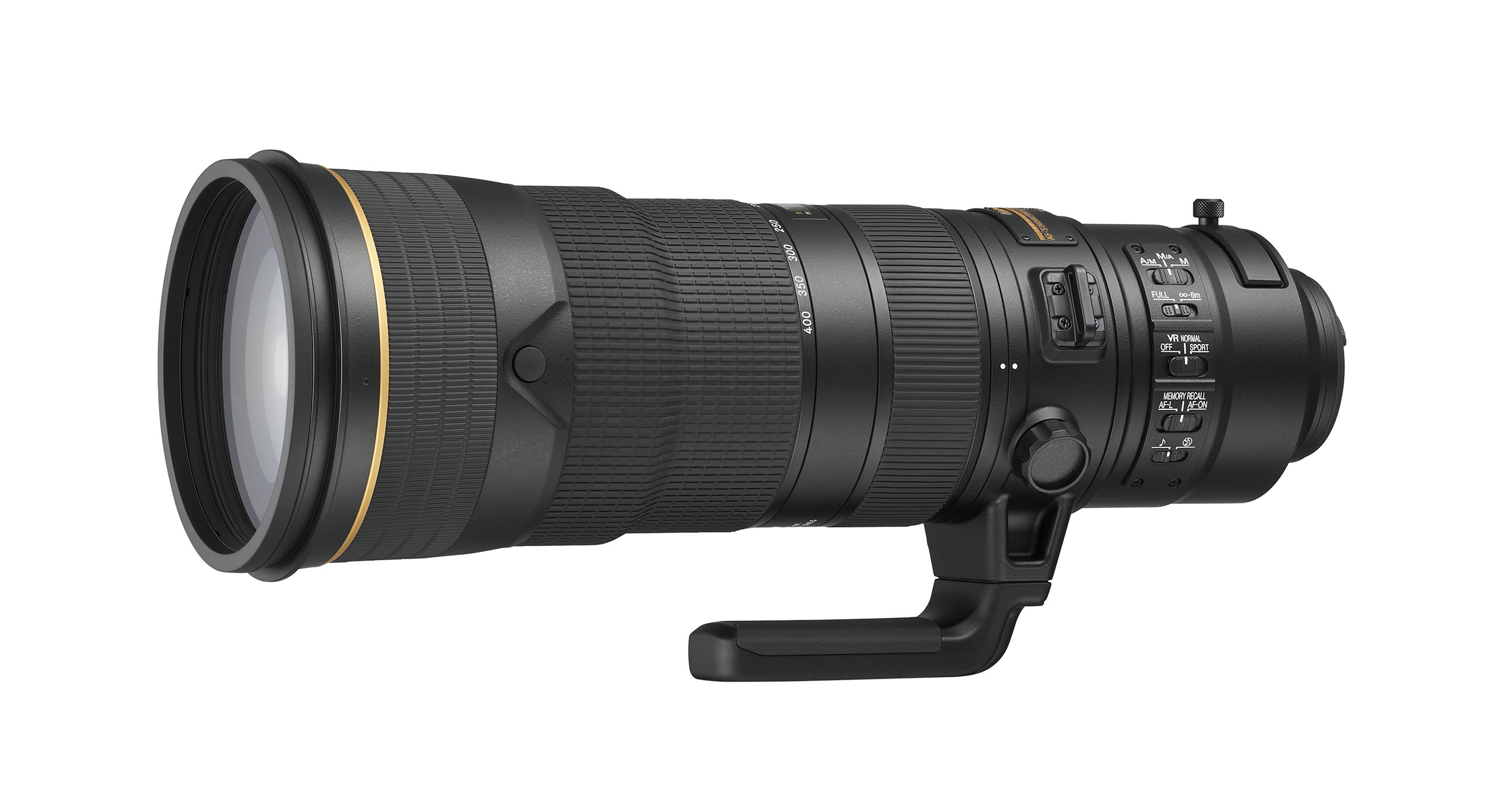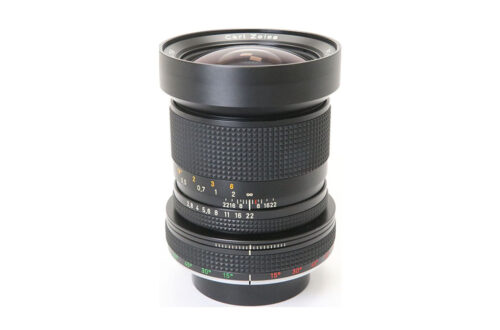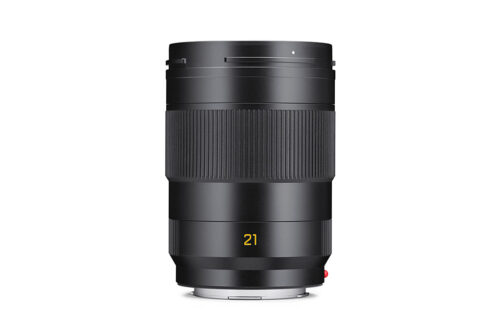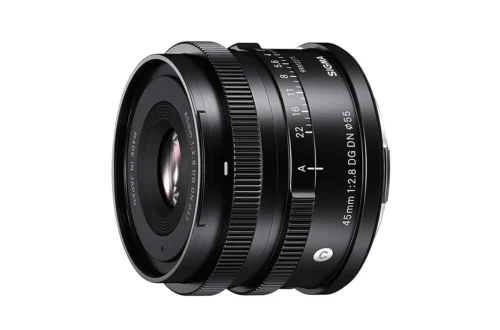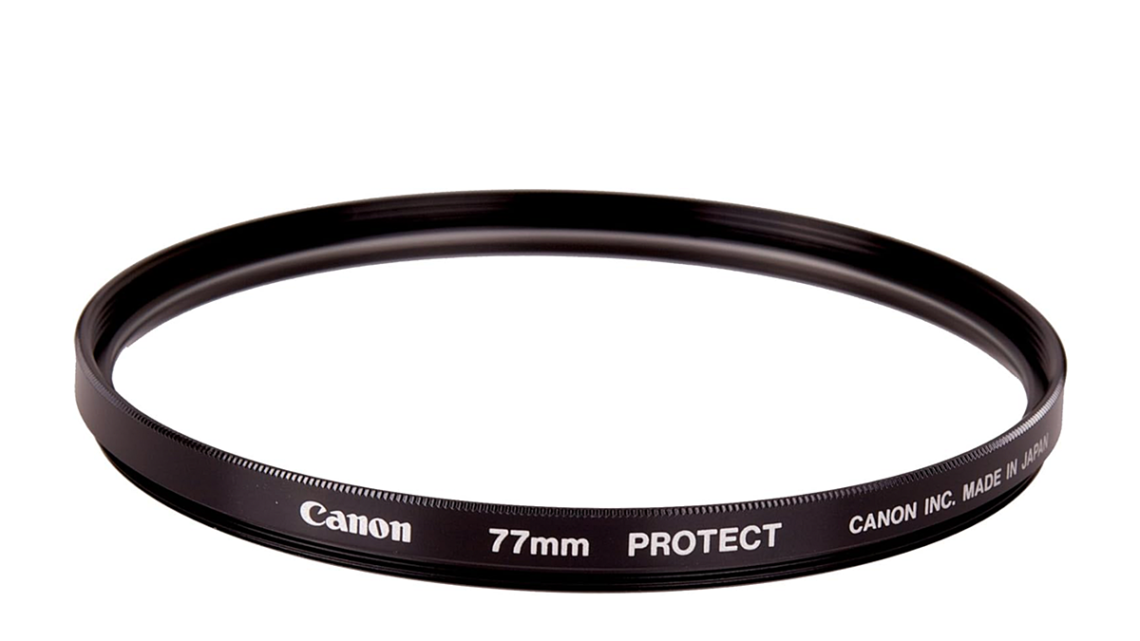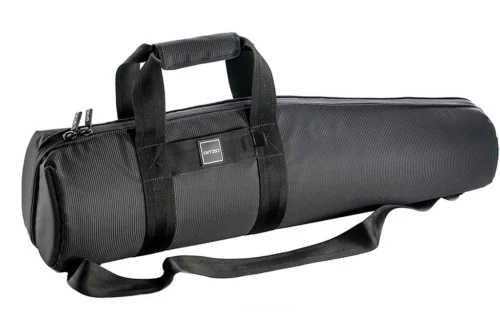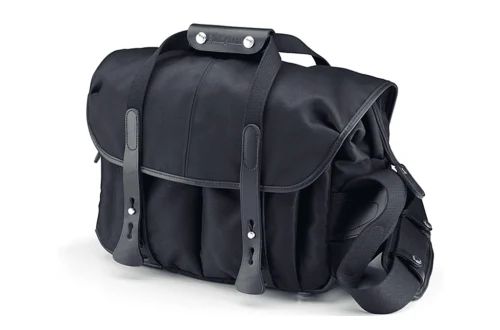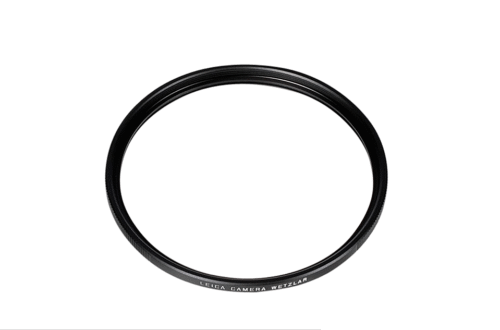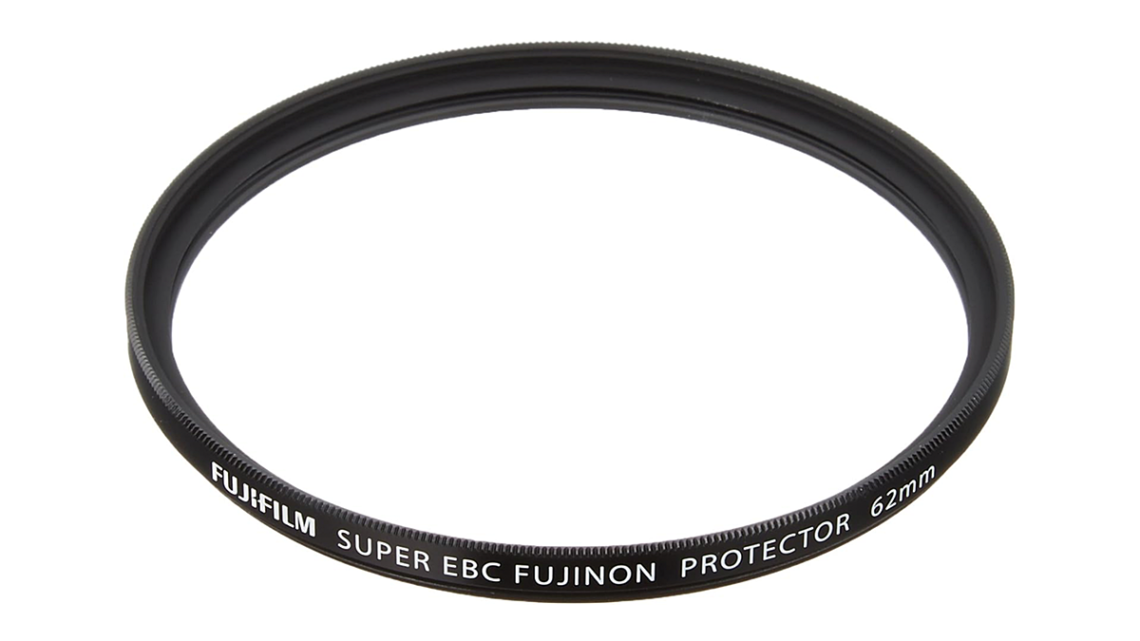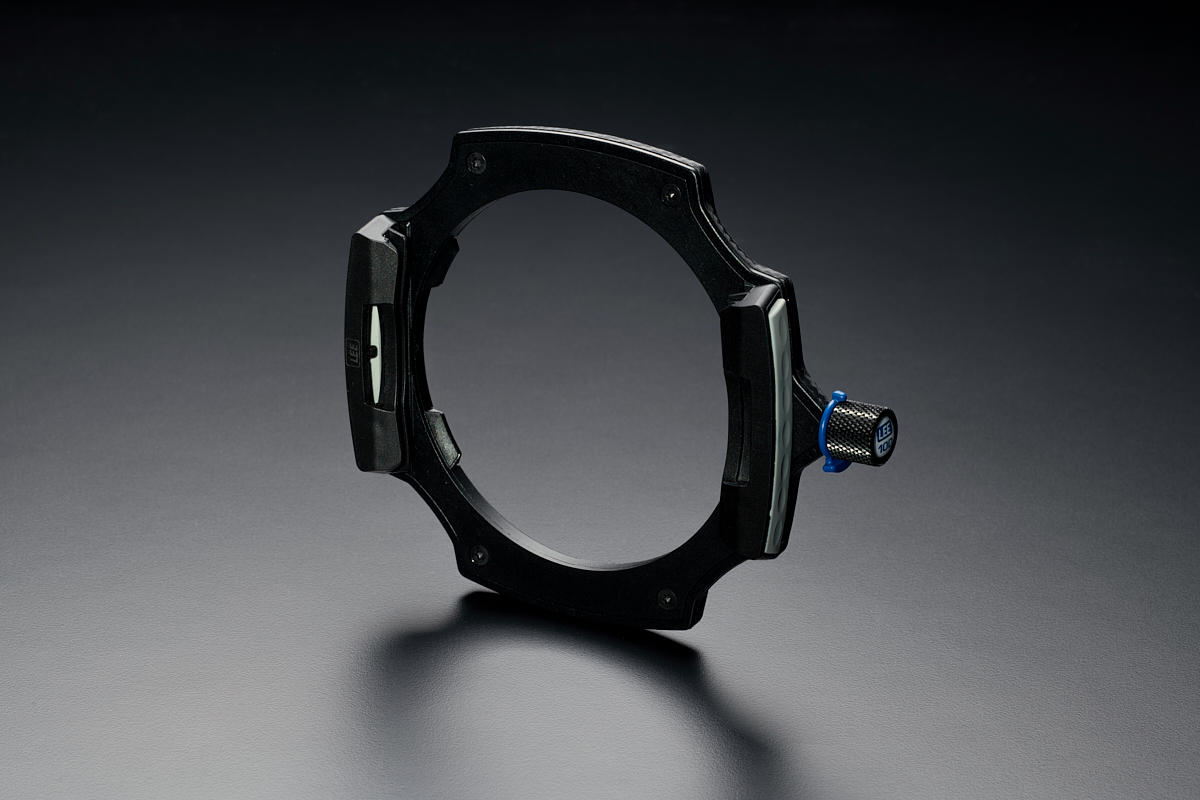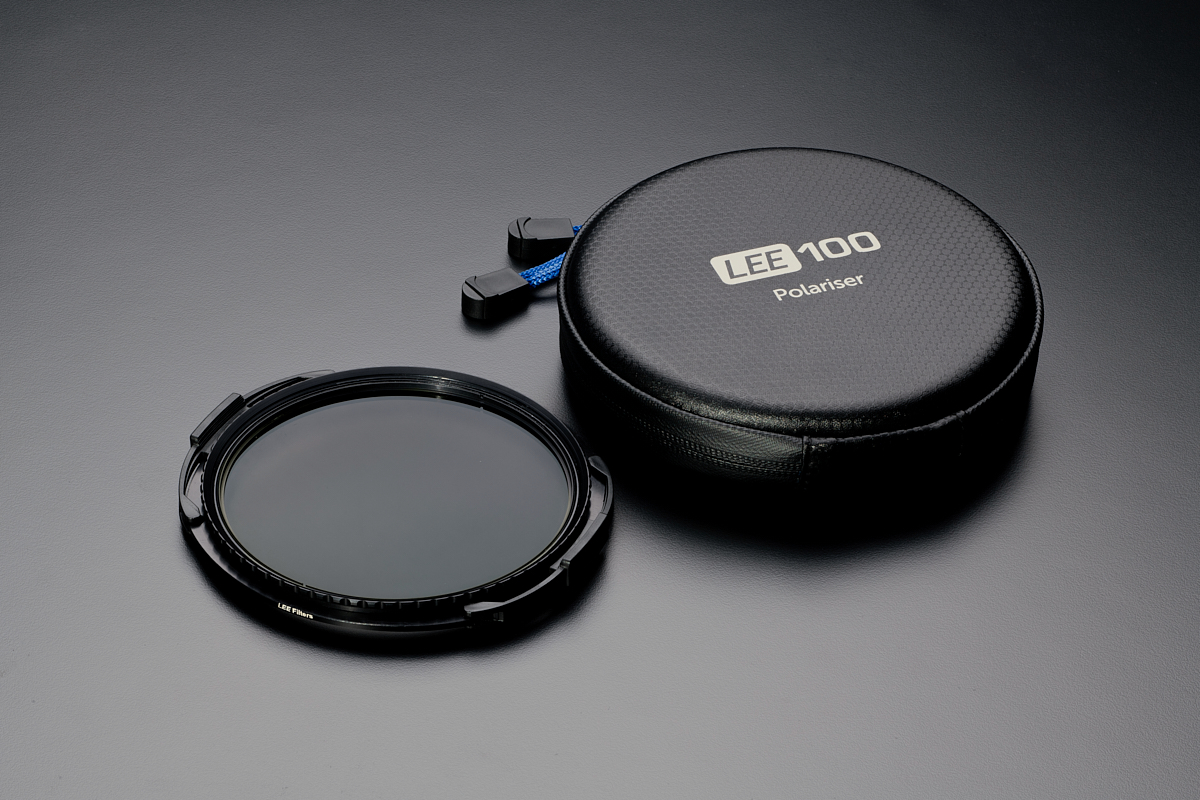Reviews
-
Contax Zeiss PC-Distagon 2.8/35 T* Tech Specs
Technical Data Manufacturer Zeiss (for Contax) Model Contax Zeiss PC-Distagon 2.8/35 T*. Web zeiss.de Elements/construction 9 elements in 9 groups Angle of view (d/h/v) 63/83° (diagonal) Max aperture F2.8 (five blades) Min aperture F22 Min focus distance 0.3 m / 8.3″ Mount C/Y mount Filter size Clamp-on Contax 70/86mm ring Length 85.6 mm / 3.4 in Diameter 70 mm / 2.8 in Weight 740 g / 1.6 lb Price £2,100 inc VAT / $2,499 RRP when new, over £4,000, nearly $5,000 today (2025) Check price & availability, used only now [affiliate links]: eBay | KEH | MPB (Zeiss)
-
Canon RF 24-105mm F4L IS USM lens review
What is it? Bearing the prestigious L-series designation, the Canon RF 24-105mm F4L IS USM is a versatile 4x zoom with a decent wide and telephoto coverage and a 0.45m minimum focus distance. It’s also the first in the RF mount to feature a new, compact “thin” Nano USM actuator providing quiet yet fast AF. According to Canon, it is also “particularly well-suited to stop-and-start operation that’s quite common in video shooting. It also helps ensure much smoother AF during video acquisition.” As such, it’s the kind of zoom lens that appeals to photographers and those who also need some video capabilities, for example, when recording interviews. This would be…
-
From the past: Samyang/Rokinon T-S 24mm F3.5 review
An edited version of my review first appeared in the British Journal of Photography* magazine well over a decade ago. With their range of movements, tilt and shift lenses offered in various focal lengths for 35mm full-frame DSLRs have become indispensable for architecture, interiors, still-life, food and product photography. Before Canon redesigned their film-era 24mm version with an improved optical design and, uniquely, adding a user-selectable option of aligning the tilt function with the shift movement, these lenses were quite reasonably priced. A little over four years ago, Canon offered three focal lengths (24, 45 and 90mm). At just £899 inc VAT, the low price suggested that these were marketed…
-
Canon RF 35mm F1.4 L VCM lens review
Key features Highly versatile 35mm focal length Stills/video hybrid VCM for smooth focusing Nano USM for floating element control Floating element design to reduce aberrations at close range Breathing correction SSC and ASC coatings reduce lens flare, and ghosting Aperture/iris collar for video 11 aperture blades Custom function button What is it? The Canon RF 35mm F1.4L VCM is a high-speed, stills and video-oriented semi-wide-angle lens designed for the EOS R range of mirrorless cameras. It’s the successor to the much-vaunted EF 35mm F1.4L USM II, only it’s not quite what we were expecting. Like the Canon RF 24-105mm F2.8L, this lens is a hybrid model that appeals to both…
-
Filter sizes for Leica M lenses
As you might expect, Leica offers its range of UV filters, which are recommended for the protection of the front element in everyday use but also to prevent damage when cleaning. It’s much less worrying to clean a filter than a front element. However, I also recommend B+W (UV or Clear) filters, which, although made by the German brand Schneider-Kreuznach, tend to be slightly cheaper and yet are not considered inferior in any way. The XS-Pro, now replaced by the ‘Master’, features a thin brass frame and a Nano coating to facilitate easier cleaning. More competitively priced offerings include the excellent Breakthrough Photography UV X2 range and the Firecrest series…
-
Nikon PC Nikkor 19mm F4E ED tilt shift lens review
Key features +/- 12mm shift and +/- 7.5° tilt movements can be applied in parallel (same axis) or perpendicular 90° rotation left and right in 30° increments, tilt 90° left only with a 45° stop Shift movement operates without having to lock it Three extra-low dispersion elements reduce chromatic aberrations Two aspherical elements minimise coma, distortion and enhance sharpness Nano Crystal and Super Integrated Coatings reduce reflections, lens flare, and ghosting Fluorine coatings protect front and rear elements from water drying marks, fingerprints Electromagnetic aperture mechanism ensures stable and accurate exposure control What is it? The Nikon PC Nikkor 19mm F4E ED is a F-mount retrofocus lens designed specifically to…
-
Contax Zeiss PC-Distagon 2.8/35 T* lens review
Key features Highly versatile 35mm focal length +/- 10mm shift (no tilt) 90° rotation left and right in 15° increments Shift movement operates without locking Floating element design to reduce aberrations at close range T* coatings reduce reflections, lens flare, and ghosting Made by Zeiss in Germany (Oberkochen) Stopped-down operation only The Contax Zeiss PC-Distagon 2.8/35 T* is a shift lens manufactured by Zeiss for Contax C/Y mount SLR cameras, designed in the late 1970s or early 1980s. At that time, the 35mm focal length was a popular choice for shift lenses. Canon stood out for its tilt/shift model, but Minolta, Nikon, and Olympus all had 35mm shift lenses in…
-
Recomended Filters for Lens Protection
Filters for lens protection seem to divide opinions; however, I’m strongly in favour of them. Not only do they prevent fumbling with lens caps (keep those for storage), but they’re also a lot easier to clean than the front element. I also don’t like cleaning lenses and would rather accidentally scratch a filter than my lens. And if you think it’s unlikely, consider the number of secondhand lenses for sale on eBay with scratched front elements. Those few that aren’t sell for appreciably more. My filter of choice for my Canon lenses is the Canon ‘Protect’ or Protector filter. I also use Canon Polarisers, which can also be used to…
-
Filter sizes for Fujinon GF lenses
When reviewing the Fujinon lenses, Fujifilm UK always send out samples with Fujinon Protector Filters, and I’ve been impressed with the way they handle flare and ghosting. Filters for lens protection seem to divide opinions; however, I’m strongly in favour of them. Not only do they prevent fumbling with lens caps (keep those for storage), but they’re also a lot easier to clean than the front element. The following is a work in progress, so the columns will be filled out in due course. Fujifilm doesn’t specify the pouches in their lens manuals or websites. Buy Fujifilm Fujinon Protect Filters [Affiliate links]: Amazon UK Amazon US As an Amazon…
-
Filter sizes for Canon EF lenses
Canon filter sizes are difficult to find, at least in a list form. At one time, all manufacturers went to the trouble to do so with printed brochures but now, with the internet, not so much. With the move to EOS R cameras and the highly capable and versatile EF-RF adaptors, the older EF lenses remain hugely popular. Indeed, with focusing accuracy as good if not better than the older DSLRs, especially when focused off-centre, EF lenses have seen a new lease of life. Filters for lens protection seem to divide opinions, however, I’m strongly in favour of them. Not only do they prevent fumbling with lens caps (keep those…
